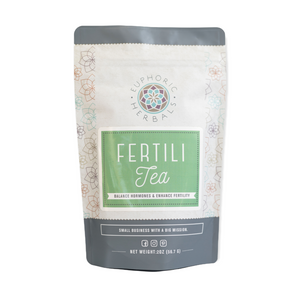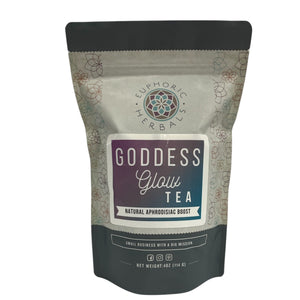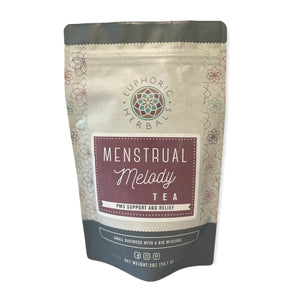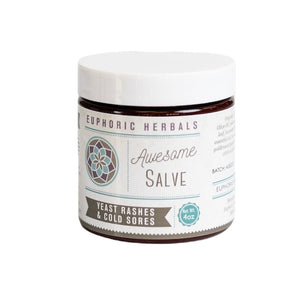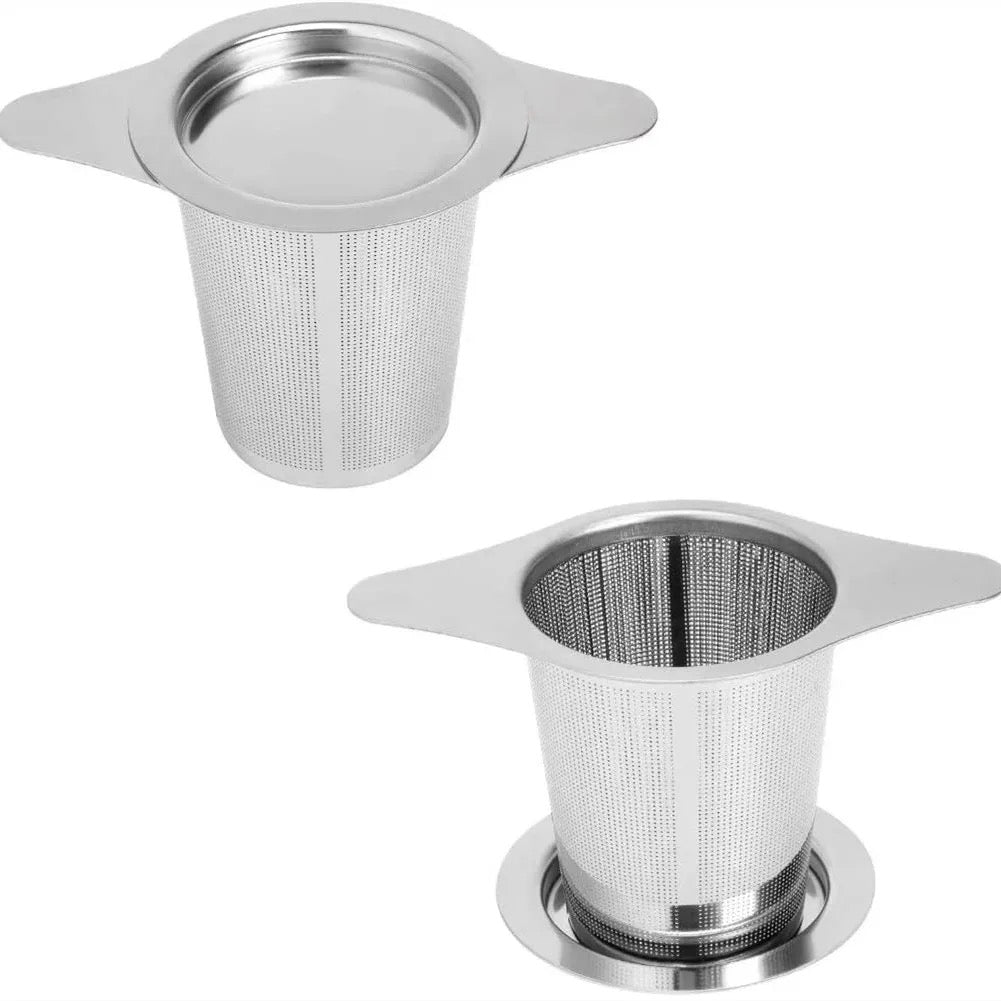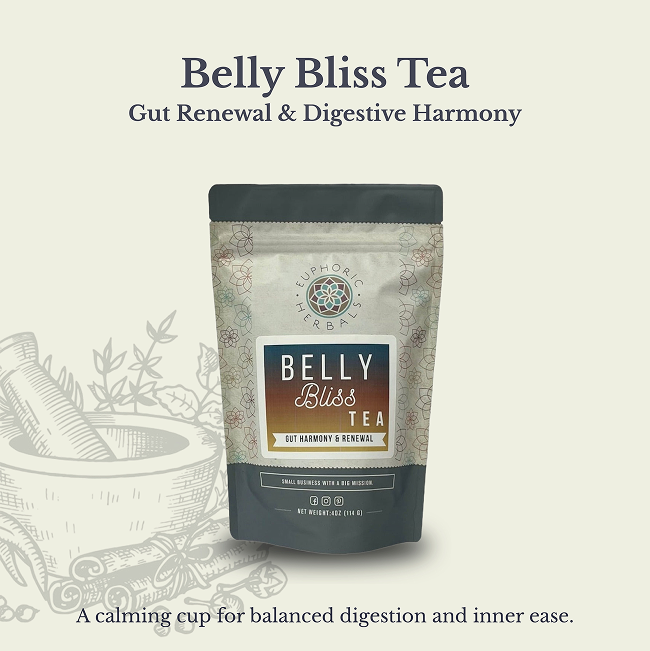When your baby is born, they are brought into a world that is rich in sights, scents, textures, tastes, and sounds. They have come from a place where all these senses were muffled, and now they are somewhere unknown. Over the next few months, your infant is going to learn more about the world around them and will start to develop typical reactions to certain sights, visuals, and flavors.
But what happens when your baby is unable to process this sensory information correctly? What if they develop something called Sensory Processing Disorder (SPD), originally known as Sensory Integration Dysfunction? When the brain cannot interpret with the signals from the external world, your baby may have difficulties managing even the most instinctive of things, such as breastfeeding.
Sensory processing disorder can make breastfeeding a challenge; but by knowing what to expect, you can overcome those challenges and raise a happy, healthy little human. Let’s learn more about SPD and how it affects nursing.
What Is Sensory Processing Disorder?
Sensory Processing Disorder (SPD) is a neurological condition that results in abnormal responses to sensory information. Unlike blindness or deafness, someone with SPD will receive the same stimulus as anyone else, but the messages get garbled on the way to the brain or within the brain, and the reactions to the stimulus is opposite or atypical when considering the context of the situation. Everyone has variances in their sensory integration, such as people who prefer to wear socks all the time compared to those who insist on being barefoot.
What Are Common Symptoms and Signs of SPD in Infants?
One important thing to keep in mind when you consider whether your baby may have SPD is that inconsistency is something present in many neurological disorders. One day, your baby might behave as one would expect. The next, they are completely different and fit the criteria on this list. If you think your baby is hyper- or hypo-sensitive to sensations, it is highly recommended to have them checked by a medical professional.
With that said, here is a symptom checklist for infant/toddler SPD:
- Resists certain positions
- Does not like being held, cuddled, or swaddled
- Cries when people attempt to hold close
- Distressed by diaper changes or will cry incessantly until the diaper is changed
- Distressed by baths and splashing water
- Does not smile
- Has preferences in people, sounds, and energy levels (intonation, nuance, pitches)
- Will avoid eye contact or will have difficulty focusing on objects
- Does not like rocking motions
- Has difficulty with breastfeeding, suckling, and/or swallowing
- Dislikes bright lights and sunlight
- Dislikes crowded, noisy, bustling places
- Does not react or doesn’t enjoy typical games like hide-and-seek, peek-a-boo, and pat-a-cake
- Keeps hands closed or fisted
- Sensitivity to sounds others are undisturbed by
- Gagging or vomiting when objects are placed in the mouth
- Avoids certain textures and fabrics
- Difficulty sleeping or falling asleep in the presence of noise; may also need assistance falling asleep
- Wakes early, around dawn
- Switches moods rapidly, going from overstimulated and hyperaware to completely oblivious to everything and everyone
What Causes SPD?
As of right now, there is no known cause of SPD. Preliminary studies suggest that SPD is related to environmental factors. Some researchers believe SPD could be hereditary, yet this does not explain to often seen physiological differences in children with SPD.
That said, SPD is complex and can affect both children and adults. It is believed that every 1 in 20 people has a form of SPD, but those who are considered “gifted” or who have been diagnosed on the autistic spectrum, with ADHD or fragile X syndrome are more prone to sensory processing disorder.
Therefore, if you believe your infant is struggling with a sensory processing disorder, you may also want to have testing done for other developmental disorders to be sure. This is not something you can self-diagnose.
How Does Sensory Processing Disorder Affect Breastfeeding?
Breastfeeding is more than just the act of feeding. A baby will give cues that they are hungry and want to be held. They use their senses—touch, smell, taste, and sight—to locate the nipple. They then use their tactile senses to suck, breathe, and swallow in a coordinated manner. But when a baby has sensory processing disorder (SPD), these steps are disrupted.
Here are some examples of how SPD affects nursing:
- A baby that does not like being touched or held a certain way may not stay still for breastfeeding.
- Babies sensitive to hunger may become erratic and unable to organize their behaviors to feed. These babies will have a lower weight than normal.
- A baby who is sensitive to lights and sounds will be distracted in certain environments.
- If the baby needs movement, they may be difficult to position correctly. Some babies with SPD dislike being on their back when fed and want to be on their bellies.
- Some babies are “orally defensive” and may gag at the sight of the breast or when the nipple is in their mouths. Conversely, if your baby is one the opposite end of the SPD spectrum, they may act like they don’t notice the nipple.
- Placid babies may not react when hungry or sated, thus making it difficult to gauge how much calories they are consuming.
Are There Other Reasons For Certain Behaviors?
Sometimes, it is not SPD affecting breastfeeding but something else. Your baby may be having difficulties because of latching, allergies, reflux, or poor tongue functioning. Sometimes, your milk supply might be low, thus causing fussiness and poor weight gain. Lactose intolerance can also affect how much your baby consumes.
If you are having trouble ruling out the cause, it is best to speak with a doctor.
How Can I Help My Baby With SPD Nurse Better?
If you are positive that your infant has SPD, you will need to change the method of breastfeeding to make the act easier. Here are some tips to help:
- Touch sensitivity: Identify what places are sensitive and try to respond to that. Figure out if stroking, holding, and certain clothing textures impact them negatively and avoid those things.
- Light sensitivity: Try dimming lights during feeding.
- Noise sensitivity: Avoid noisy places that could overstimulate the baby.
- Smell and taste sensitivity: Some babies may not like the smell of deodorants, lanolin, shampoos, or perfumes. Avoid using those or use unscented items.
- Movement sensitivity: Some babies need constant motion while others want to complete stillness. See which your baby responds best to.
Proprioceptive sensitivity: If your baby is sensitive to their internal workings, they may be unable to settle down until their hunger is satiated or they have had a bowel movement. Some need slower handling, too.
Final Thoughts
Without a doubt, sensory processing disorder (SPD) can affect anyone—even young infants—and can make life difficult. When it comes to breastfeeding, a baby that has SPD may react anxiously, appear to dislike breastfeeding or be completely unresponsive to the nipple. Since this can lead to issues, it is best to learn the signs and symptoms of SPD and get a proper diagnosis as soon as possible. From there, you can fine-tune the breastfeeding process so your baby can nurse comfortably.
Enjoy this article and want to read more? Have questions about breastfeeding that were not answered? Fill out the contact form to receive more updates and info!






















































